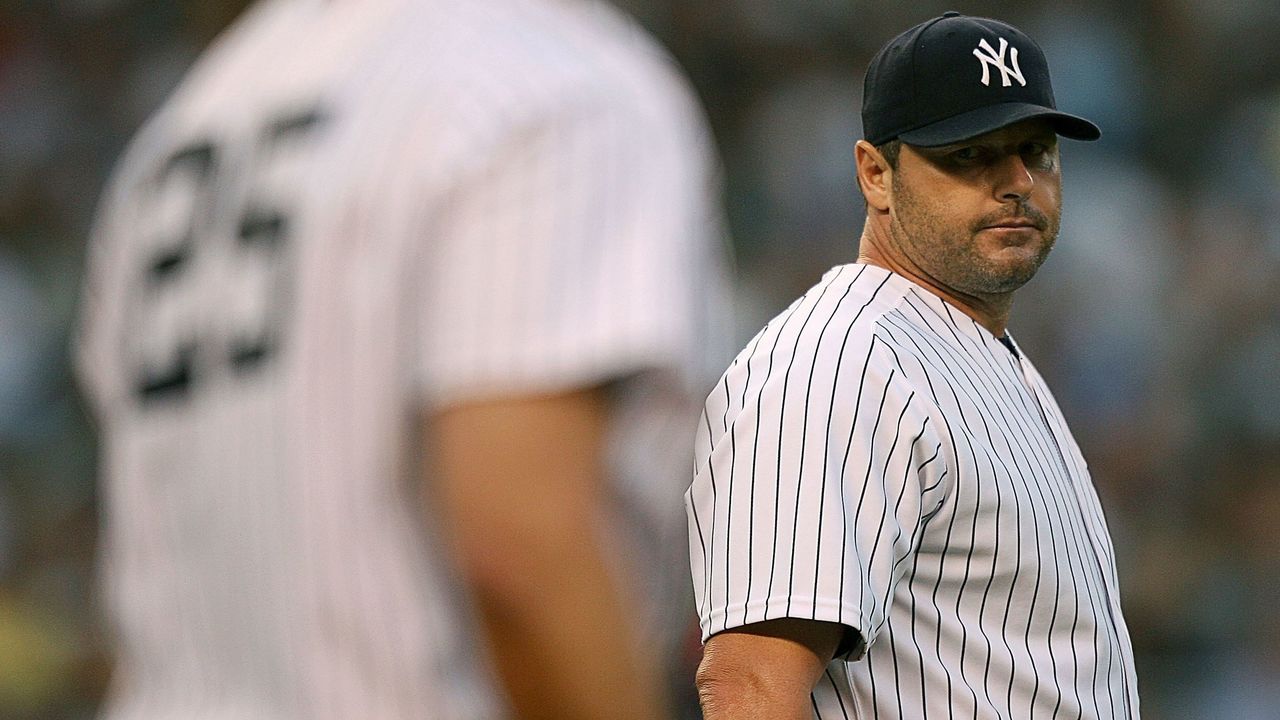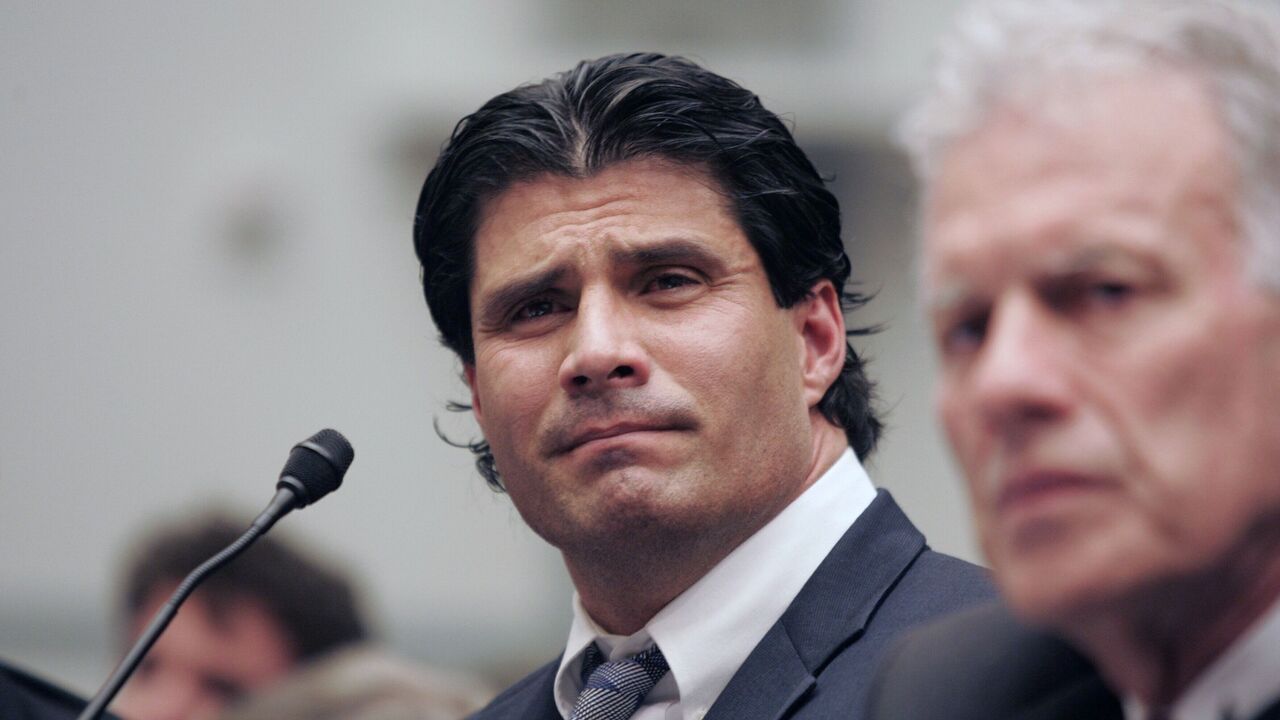Stop trying to rewrite baseball history. Let the Steroid Era into the HOF
Barry Bonds and Roger Clemens are back on a Hall of Fame ballot, which means voters have another chance to properly acknowledge baseball's history.
It's a chance they should absolutely take. It's also one they likely will not.
If Bonds and Clemens had retired in the late 1990s, they'd both be in Cooperstown now.
Clemens won three Cy Young Awards with Boston, another after he signed with Toronto in 1997, and was one of the most dominant pitchers of that era.
Bonds was a three-time MVP in his youth who had an incredible mix of power and speed. His Hall-of-Fame case was airtight by the time he reached his mid-30s.
It is, of course, what happened after Clemens and Bonds reached their mid-30s that's the problem. It's not worth rehashing the steroid allegations at this point, and although neither man has ever publicly conceded the use of performance-enhancing drugs, their statistical profiles fall into the draw-your-own-conclusions category.
Bonds' numbers in the early 2000s - he is alleged to have started a steroid-aided workout regimen in 2001 - are so cartoonish that they tell a convincing story. He hit 73 home runs in 2001 and won the first of four straight MVP awards, leading baseball in most offensive categories despite being at an age when power hitters uniformly start to decline.
Clemens' numbers are similarly goofy: He had 226 strikeouts and an ERA of 1.87 at the age of 42, and another 194 strikeouts (and 2.30 ERA) the following season for good measure.

But, here's the thing: Those numbers, as silly as they are, still exist. Look up these guys on Baseball Reference, and their statistics will be staring you in the face. Bonds has those 763 home runs (and, hilariously, 688 intentional walks). Clemens has 4,672 strikeouts, 354 wins and seven Cys, the last of them in that age-42 season.
Major League Baseball has never removed them from the historical record, or made any attempt to do so. Its attitude about Bonds and Clemens, and really the whole of the Steroid Era, is that it would rather not talk about it, thank you very much. Even as some of its former pariahs have been welcomed back into the game as coaches or FOX analysts, MLB would still rather pretend that the late-1990s to mid-2000s kinda sorta didn't happen.
This attitude, admittedly, makes some sense given MLB's complicity in the rise of performance-enhancing drug use. The league was happy to look the other way in 1998, as Mark McGwire and Sammy Sosa chased the homer totals of Babe Ruth and Roger Maris and helped shake the sport from its post-strike doldrums. It took public admission of steroid use from players like José Canseco for MLB to begin taking drug-use seriously, and even then it preferred a behind-the-scenes system that prioritized treatment over punishment. Players who tested positive in the early years of that anti-drug regime didn't even get suspended.

It wasn't until 2005, after the Bonds allegations became public in a federal investigation, that Congress decided to get involved, launching its own hearings and ultimately shaming baseball into taking stronger action against drug cheats.
The drug policy that MLB brought in that year was the first time that the sport had ever sent the message to its players that steroid use was bad and would be severely punished. Is it any wonder that it had flourished in the preceding seasons, especially when its results were obvious for anyone to see?
So, fine. Mistakes were made. Baseball wasn't super keen on investigating steroid use, especially after McGwire and Sosa and their hulking forms had made baseball cool again in that summer of 1998. It let the problem get away from them, and it ended up with a historical record that was forever changed as a result.
Do guys like Bonds and Clemens deserve to be lauded as heroes? No, and frankly neither of them are sympathetic characters.
But it's long past time for baseball to simply just acknowledge that all of this happened, instead of holding the Hall of Fame up as house of virtue, where the unpleasantness of the Steroid Era is a shame about which no one speaks.
What is the point of a baseball museum if it continues to ignore a significant part of baseball's history? Isn't that, you know, the point of museums?
Bonds and Clemens will be considered for induction into the Hall next month as part of the contemporary-era ballot, where they need 12 votes from a 16-member committee to finally get into Cooperstown.
It's the same committee that rejected their candidacy in 2022. The smart money is that it will do so again.
And part of baseball's history will, at its biggest shrine, remain untold.
Scott Stinson is a contributing writer for theScore.